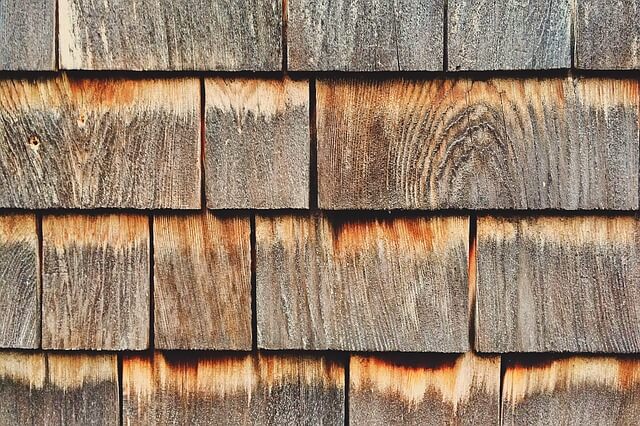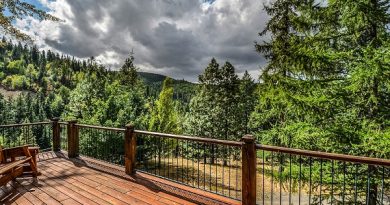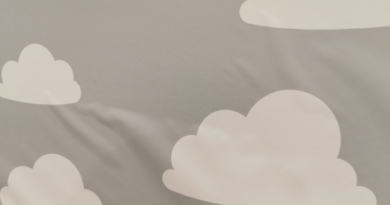Roofing Materials
Roof is the most fundamental goal of constructing a building. It shelter us from the rain, the sun, and whatever comes falling down on us. The most outer layer of the roof is your roofing material. There are many types of roofing, all with their own characteristics and properties. We will explore their pros and cons individually.
Asphalt Shingle
Asphalt shingles are the most common roofing material because they are the cheapest type of roofing you can get. Asphalt shingles have two sides, the smooth black plastic side, and the colored granular side. You want to put the side that looks like sand paper up. That is the side with UV protection. The technology is not new. It is in fact very similar to the bituminous membrane with gravel on top. Except they combined the gravel and bituminous membranes into identical shapes for ease of installation. One of the biggest advantage asphalt has over traditional torch on method is its ability to be installed onto a sloped surface. The slope aid in shedding water, snow, and debris.
In terms of roofing materials, asphalt shingles is as light-weight as it gets. This means they are easy to transport and install. These all translate to cheaper labour cost and faster turnaround time for contractors. The bituminous backing is flexible, and the granular top provide the friction to be walked on. This makes the material easier for inspection and maintenance. The light weight material reduces structural requirements, but increase the risk of wind lift.
Asphalt shingles are advertised as capable of lasting for as long as 30 years, but that is only in a perfect environment. In the real world, there is debris, wind carried dirt and seed to reduce the lifespan of the roofing material. A properly maintained asphalt roof should last about 15 to 20 years. When it’s time to replace the roof, some homeowners would choose to put another layer on top of the existing one. Remember asphalt shingles should still be able to vent, and there should only be less than 2 layers of asphalt shingles.
Wood Shingles and Shakes
We have mentioned the differences between wood shingles and shakes in the wall cladding materials article so we won’t repeat again. The wear on South are almost greater due to the sun’s drying effect on the wood. Imagine 2 sides of the shingle, inside and outside. Where the outside is exposed to the sun being dried out every summer. The areas that are dried would contract. This results in the roof warping outward. This problem is not as prominent when wood shingles are used on the wall because even when the shingles warp outward, it still slopes down. When applied on the roof at an angle, and outward warp on the shingle may expose the roof substrate to weather damage. When you see warping and splitting, it’s time to replace the roof.
Moss growth on shingles and shakes are very common in BC. This happens most in the North and East face of the building. This is where the wind comes from and the area only get sun in the morning (Summer morning for North face). Moss could sometimes stop water from going in, but they are wet and may promote rotting.
Slate
Slate are made from slate rocks. These natural metamorphic rocks are dense with fine grain so they are not permeable. It can be cut into different thicknesses. Slate roof are the most expensive roofing material you can find because of their durability. Homeowners need to be careful not to walk on slate tiles. They are slippery and may break easily under pressure. Upon inspection from the ladder off the side of your overhang, off-color slate may indicate past repair.
Slates are fastened with nails. You can go into the attic to check for water stains on the roof truss. When you are in there, also check for rust marks. These may indicate rusted nails but if you see them, it usually indicate fully rusted nails. This means it’s time to replace your roof. Specialists are required to do repairs on this type of roof. Slate tiles last for a long time, the professionals may just need to re-do the fastenings.
Slate tiles are heavy so they have higher structural requirements. If you see any sagging on the ridge or rafters it’s a good indication that the structure is having trouble supporting the heavy materials. It’s best to be installed on steeper roof slopes for better support. Slate roofs are durable. They do not warp, and they are less susceptible to wind lift. An important benefit is slate tiles are non-combustible material.
Concrete and clay tiles
Similarly to slate tiles, concrete and clay tiles are heavy roof materials. These tiles are less expensive than the slate tiles. They share most characteristics with slate tiles except a few differences. Clay tiles are kiln dried and concrete tiles are precast. Concrete tiles are stronger than clay tiles. It is safer to walk on concrete tiles than clay tiles but it is still not recommended to walk on. The biggest difference between these tiles and slate tiles are the permeability. These tiles would absorb water for drying later on, that’s why these are a little bit cheaper. Concrete and clay tiles are both non-combustible.
Remember, any work done to the slate, concrete, or masonry tiles can be very expensive.
Metal Roofing
Metal roofing are very slippery. They are good at shedding water and snow, but also anyone who walk on them. It has less friction than slate shingles and roof tiles, so don’t go on there even when they look dry.
Rust in metal roofing doesn’t necessarily mean that the material has failed. Depending on the thickness of your metal roofing, you may be able to sand down the rust and re-paint to continue using the existing roofing material. However, you would want to go into the attic space to check for evidence of leaks.
Metal roofing materials are non-combustible.
Built-up roofing
Built-up roof is considered old technology now. It’s using hot tar to glue layers of building paper onto the roof and put a layer of light colored gravel on top of it to reflect sunlight in order to protect the building paper from UV damage.
Newer technology use modified bituminous membrane with the top layer melted and glued down instead of the building paper and hot tar. We call this “torch on membrane” because they use propane torch for melting. The melted bituminous can seal the cracks, and it is more sturdy than hot tar. However, using a torch on construction site has its risks. This has caused building on fire before.
These type of roofing method can only be applied on flat roofs because of the gravel. It is highly recommended to not walk on them because foot traffic can damage the membrane. Even an area with less gravel due to foot traffic may result in UV damage to the waterproofing membrane below. Another reason is that flat roofs are never truly flat. There is always at least a 2% slope to drain water. Any deformation by unnecessary weight may lead to water build up.
If the contractor did not let the roof dry before applying the membranes, there may be water trapped inside. You can see the evidence in the form of blisters in the torch on membrane.




